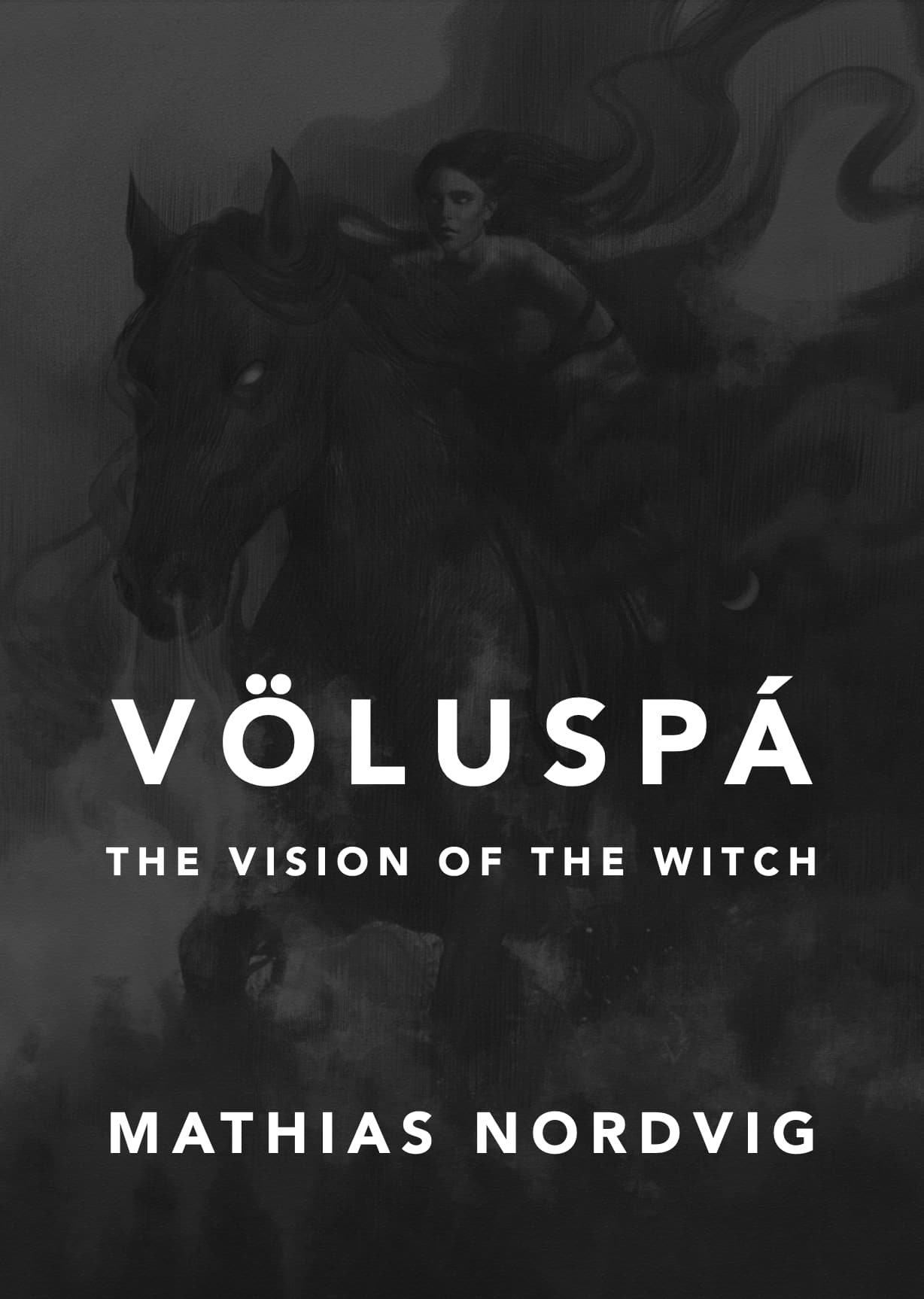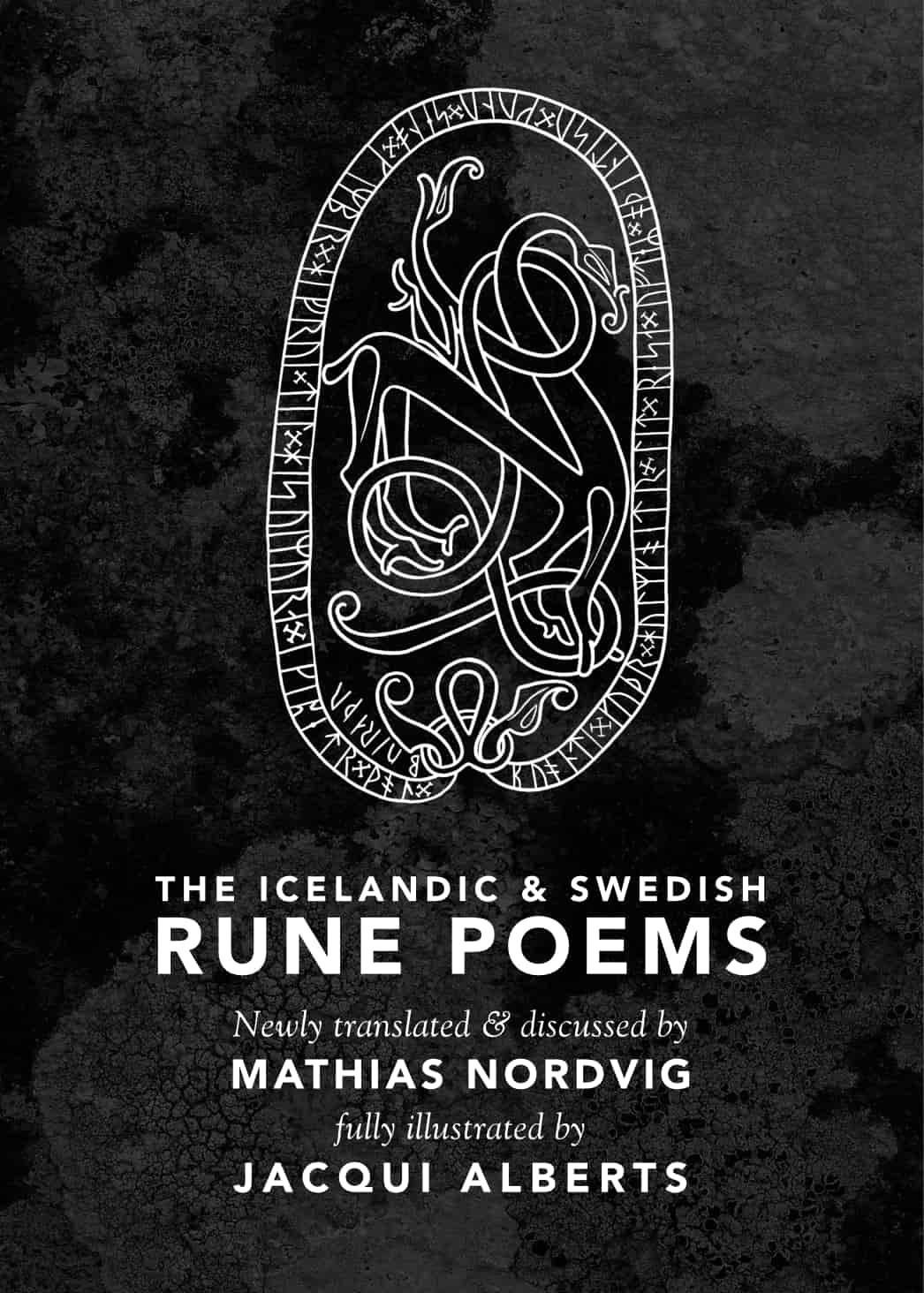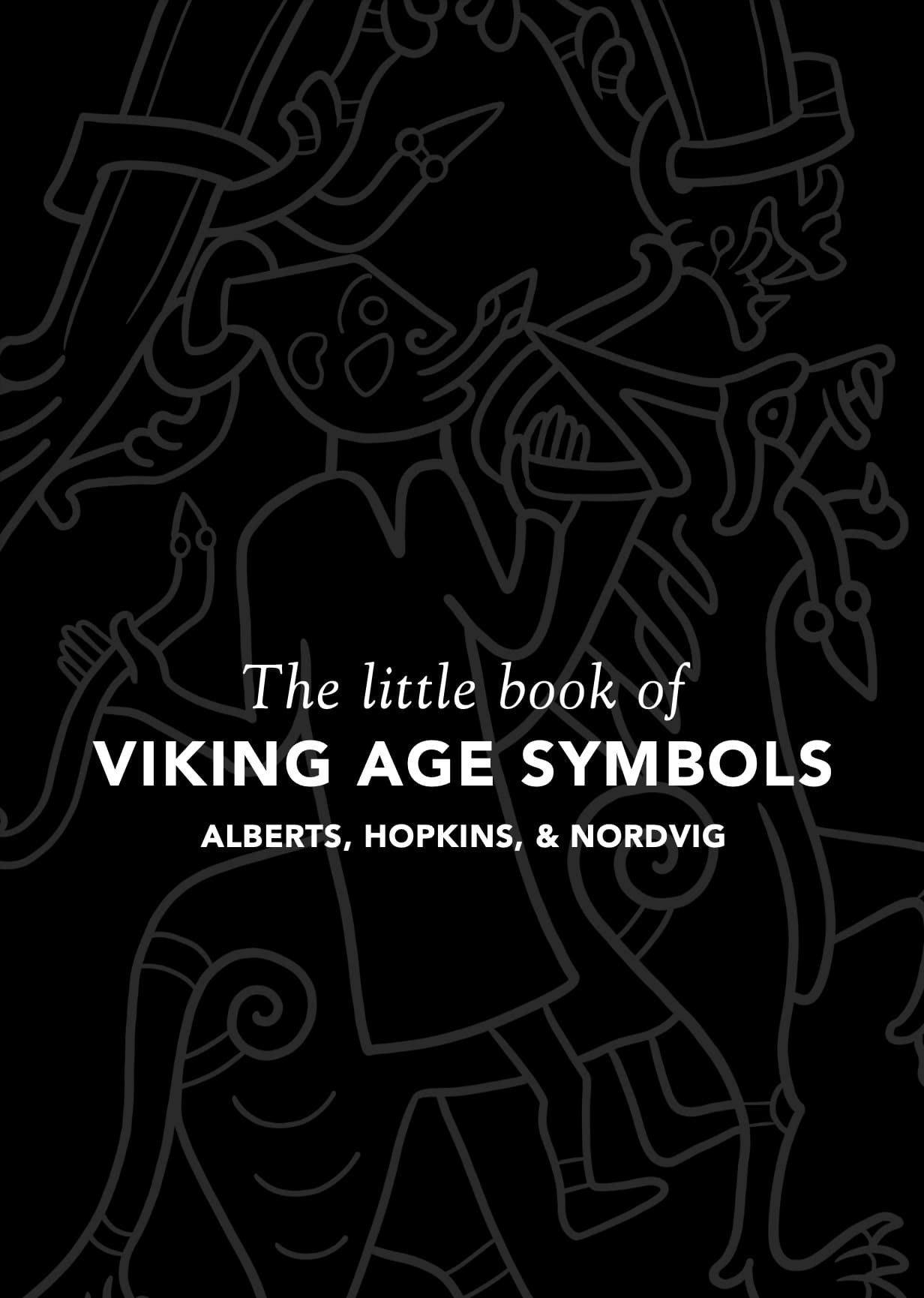The Merseburg Spells: Introduction
John Lindow, Professor Emeritus of Old Norse and Folklore, University of California Berkeley, November 2023
The present introduction derives from The Merseburg Spells by Joseph S. Hopkins as published by Hyldyr in December 2023
When the speakers of Germanic languages—the predecessors of today’s English, German, Dutch, and the Scandinavian languages—encountered the Roman Empire, they translated the weekday designations into their own languages.
They were quite consistent across the speech community in translating the Roman names on the basis of their own gods, and so the day of the warlike Mars became the day of Ziu/Tiu/Týr (English Tuesday), the day of Mercury, bearer of souls to the world of the dead, became the day of Wuotan/Woden/Óðinn (Wednesday), the day of the mighty Jupiter became the day of Donar/Thunor/Þórr (Thursday), and the day of Venus became the day of Fria/Frige/Frigg (Friday). This striking consistency suggests consistency of religion and myth over large areas of Europe where Germanic languages were spoken.
However, today we know this religion primarily if hardly exclusively from medieval manuscripts from Iceland recounting some myths and using the names of the gods as tools of poetic language.
There are of course many other sources—archaeology, linguistics, images, and so forth—but the handful of Icelandic manuscripts offer the keys to unlock the doors. These manuscripts are precious beyond measure, and there are precious few of them. We are fortunate to have what we have, accepting that if we had more, we would know the subject better.
One example of our good fortune from outside the North is the manuscript containing the two Merseburg charms, presented in this volume. The charms are in the alliterative poetic form used throughout the Germanic world to encode narrative. They corroborate, problematize, and expand our knowledge of Germanic myth and religion.
Charms or incantations provide a way to do things with words. Magic formulas that can bring about a certain result, they are widely and deeply represented in the historical record, not least in the area of healing. Some charms are preceded by what has come to be called a historiola, a short narrative presenting a precedent for the efficacy of the formula, anchoring it in religious discourse; charms work because they affect the behavior of beings and forces from outside the world we can see, and the existence of such beings and forces is a foundation of religion.
We have plenty of charms from the Middle Ages and later, with historiolas recounting biblical or fanciful actions of Christ. Very few, however, show what charms must have looked like before the conversion to Christianity and the adaptation of the historiolas to the new religion.
The first Merseburg charm involves binding, a highly significant matter according to other sources. The Roman historian Tacitus wrote in his Germania (ch. 39) about the Suebian tribe the Semnones, whose members could enter a sacred grove only if bound with a chain in deference to the deity. In Old Norse, poetic terms for the collective of gods included bönd (“bonds”) and höpt (“fetters”), and in the poem Hávamál (“Words of the High One”), Óðinn boasts of knowing charms to fetter his enemies and dull their weapons and to free himself from bonds and fetters (stanzas 148-149). This battle charm of Óðinn appears to be closely related to the Old High German charm.
Besides the corroboration of the importance of binding and unbinding stand the actors who according to the historiola can bring this about. From the use of plural verbs and grammatically feminine gender, we know that the idisi comprise a group of females. Old Norse mythology has a close analogue: the dísir (literally “ladies”), a female collective involved with fate and death. Many dictionaries gloss idisi, found only in this charm, as “ladies.” Perhaps related too are the valkyries (valkyrjur), who choose the slain in battle, and even the norns, who bind people to their fates.
If the first charm offers corroboration, the second offers different possibilities and challenges. Here we see Wuotan/Óðinn specifically associated with healing, an ability that may perhaps be inferred from Old Norse mythology but is never made explicit. We also see Sun (Sunna/Sól) acting positively in a narrative, which again may perhaps be inferred from Old Norse mythology but is never made explicit.
This charm formed the basis of a lengthy series of studies by Karl Hauck (d. 2007), who believed that the scene depicted in the historiola appeared in the images on bracteates, gold coin-like objects mostly from fifth-century Scandinavia. This argument has not gone uncriticized, but it does seem possible that the bracteates contain mythic images and that healing may be implied in some.
The first Merseburg charm is some twenty words total, the second a bit more than fifty. In such improbably small packages come great gifts.
Further Reading
Many of the topics briefly mentioned above are treated at length in the chapters in:
The Pre-Christian Religions of the North: History and Structures, 4 vols., ed. Jens Peter Schjødt, John Lindow, and Anders Andrén (Turnhout: Brepols, 2020).








